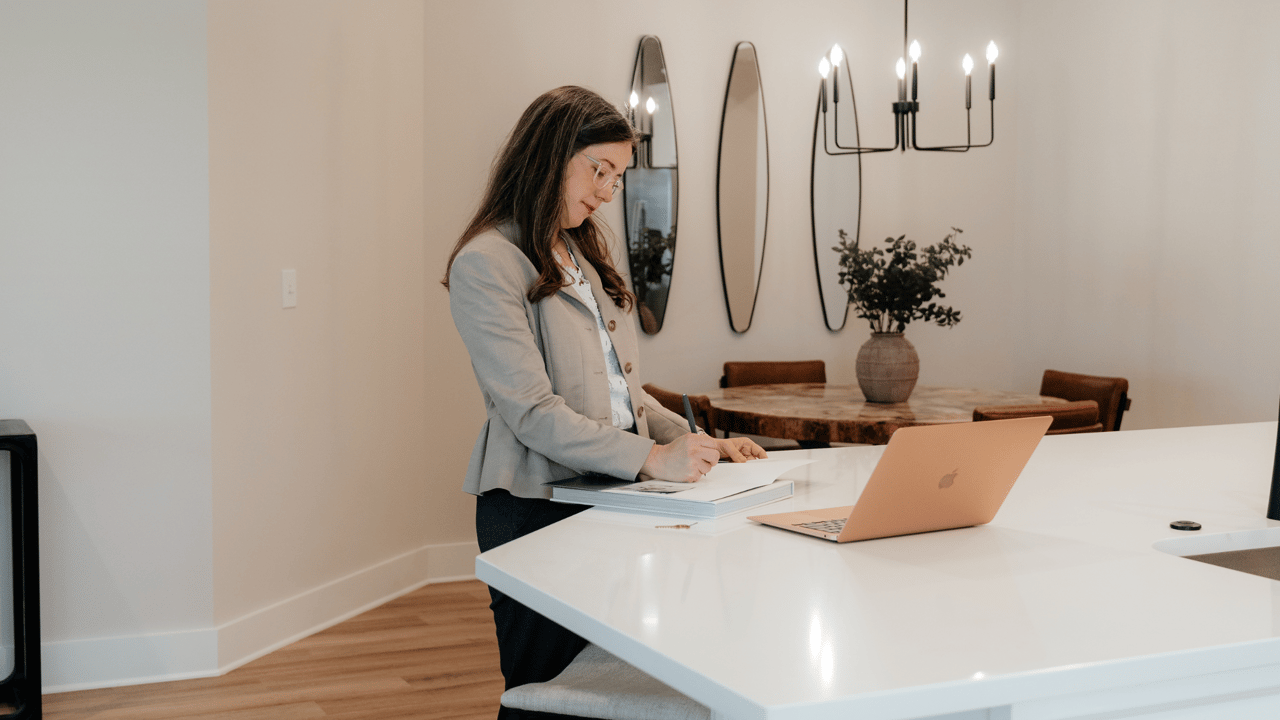How to Create a Standard Operating Procedure (SOP) for Managing Rentals
In property management, consistency isn’t just helpful—it’s essential. Whether you manage a few homes or an extensive portfolio, having clearly defined processes for recurring tasks like move-ins, inspections, and maintenance ensures nothing slips through the cracks. That’s where a Standard Operating Procedure (SOP) comes in.
At Venture Haven Property Management, we’ve found that SOPs help our team deliver reliable service, streamline communication, and stay compliant with local regulations. Here’s a guide to building your own rental management SOPs, step by step.
What Is an SOP?
An SOP is a written document that outlines exactly how to carry out routine tasks in a repeatable way. It serves as a reference point for your team, especially useful for training new employees or working with third-party vendors.
Why Every Property Manager Needs SOPs
-
Improved consistency in service and compliance
-
Fewer mistakes or oversights with tenant communications and legal timelines
-
Faster onboarding for new staff or virtual assistants
-
Stronger vendor coordination, especially for inspections and maintenance
-
Scalability as your rental portfolio grows
Key Areas to Build SOPs For
-
Tenant Move-Ins
-
Pre-move walkthrough and documentation
-
Lease review and signature process
-
Key/code handoff procedure
-
Welcome packet delivery and utility reminders
-
-
Tenant Move-Outs
-
Notice requirements and final inspection scheduling
-
Cleaning and repair expectations
-
Security deposit accounting and timeline
-
Marketing prep for re-leasing
-
-
Routine Inspections
-
Frequency (e.g., biannual or quarterly)
-
Checklist for each inspection type (interior, exterior, seasonal)
-
Notice requirements per lease/local law
-
Documentation, photo storage, and follow-up
-
-
Maintenance Requests
-
How tenants submit work orders (portal, phone, email)
-
Response time guidelines (emergency vs. routine)
-
Vendor communication and scheduling
-
Status updates and follow-through
-
-
Leasing Process
-
Property listing creation
-
Inquiry follow-up and showing coordination
-
Application screening steps
-
Lease drafting and digital signature flow
-
How to Write a Property Management SOP
-
Start with One Task
Choose a process that happens regularly—like tenant move-ins—and list each step from start to finish. -
Assign Responsibilities
Clarify who is responsible for each step: your in-house team, virtual assistant, vendor, or property owner. -
Use Clear, Action-Oriented Language
Keep instructions specific. For example, instead of saying “do an inspection,” say “complete the seasonal HVAC checklist and upload photos to the property folder in the portal.” -
Add Timelines and Due Dates
Many property management tasks are time-sensitive (e.g., 48-hour notice before entering, 30-day notice for non-renewal). Include deadlines to stay compliant. -
Include Links or Templates
Reference your lease template, inspection forms, maintenance portals, or city-specific guidelines so team members aren’t left guessing. -
Test and Adjust
Run through the SOP with a team member or assistant and tweak any unclear steps.
Tools to Help You Systematize
-
Google Docs/Drive for storing and sharing SOPs
-
Property management software (like Buildium or AppFolio) for integrating SOP tasks into workflows
-
Checklists and task managers like Trello, Asana, or ClickUp
-
Tenant portals to centralize requests and reduce email clutter
Final Thoughts
Systematizing your rental operations with SOPs isn’t just about making your own life easier—it’s about providing a consistent, professional experience for tenants and property owners alike. Whether you're overseeing five doors or fifty, a documented approach saves time, reduces liability, and keeps your business scalable.
Need help setting up systems for your rental properties? Venture Haven Property Management specializes in streamlined, tech-driven processes that give owners peace of mind and tenants a high-quality experience.
Let’s talk about how we can simplify and improve your rental operation from the inside out.
